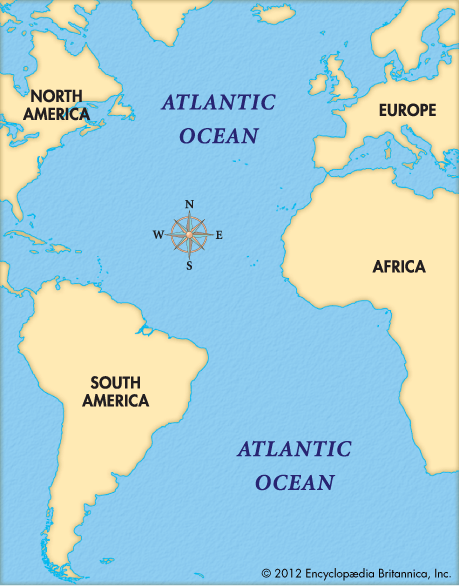.jpeg)
Cannonball Jellyfish
Description
Cannonball Jellyfish gets it's name because it is the same size of a cannonball. It can secrete a toxic liquid. But it doesn't have long stinging tentacles normally associated with Jellyfish, instead it has short oral arms. Cannonball jellyfish have dome shaped bell that range from 7 to 10 inches in width and about 5 inches in height. It weighs around 22.8 ounces. The Cannonball jellyfish has 16 short, forked oral arms and a muscus coted secondary mouth fold or scapulets. Both male and female look alike. It feeds on fish eggs, red drum fish larvae, and planktonic larvae of mollusks and snails. It feeds by suking water into its mouth fold when its bell contracts. Cannonball jellyfish uses its oral arms to swim.. When it is disturbed, it dives deeper into the water and releases a toxin containing muscus. It drives predators and helps the cannonball to catch small prey. This jellyfish can sense light, gravity and touch. Social communication among cannonballs are not well understood. Sometimes the jellyfish form large groups.
Classification
Scientific name - Stomolophus meleagris
Order - Rhizostomeae
Family - Stomolophidae
Kingdom - Animalia
Class - Scyphozoa
Phylum - Cnidaria
Genus - Stomolophus
.jpeg)
Distribution
They live along coastal shorelines of the Gulf of Mexico, Atlantic ocean and Pacific Ocean. In the western Atlantic, it is found from New England to Brazil. It lives in the Eastern Pacific from California to Ecuador. And in the western Pacific from the sea of Japan to the South China sea. It lives in semi tropical salt water with a temperature around 74 degrees Fahrenheit.

.jpeg)
They can reproduce by both asexual reproduction and sexual reproduction. When they are in medusa form they reproduce using sexual reproduction but when they are polyps they reproduce using asexual reproduction. In sexual reproduction male jellyfish eject sperm form their mouth and female jellyfish capture it with their oral arms. After fertilization the larvae detach and float until they attach to a firm structure. Then it grows in to a polyp and eventually it turns into a medusa. It's life span is about 3 to 6 months.

.jpeg)
Cannonball jellyfish population depends on water temperature. They are also affected by water pollution, algae blooms and prey density. Cannonball Jellyfish are at a risk from overfishing. Please care about nature and don't try to hunt these helpless creatures.
